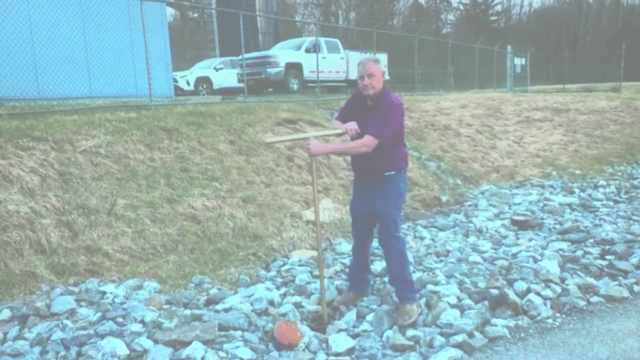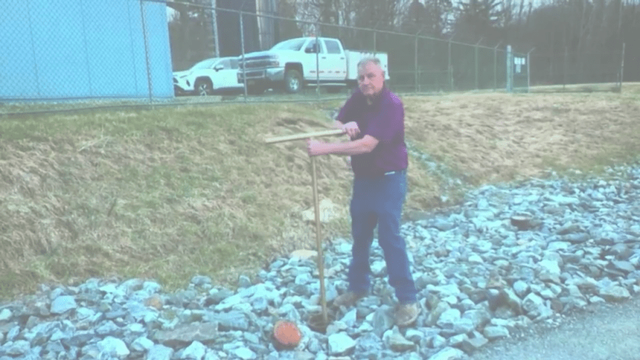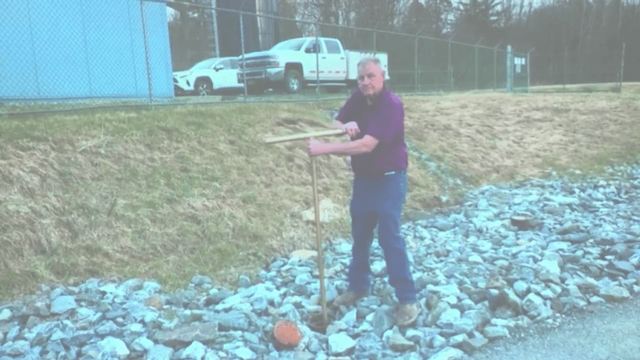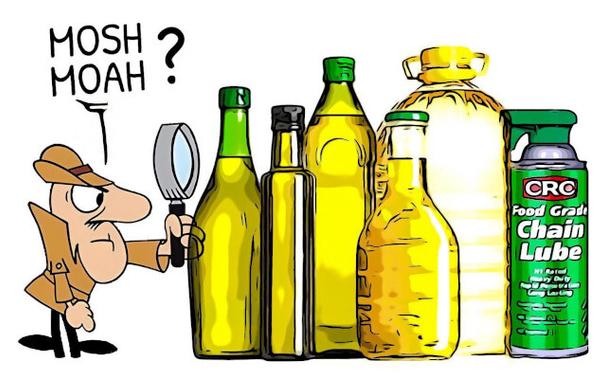Sinking in Saltwater: #Maine’s #coastal #marshes at risk as sea levels rise
Between 28 and 57 percent of the state’s coastal marshes could disappear by the end of the century, victims of a rising sea, coastal #development and #PollutedRunoff.
By
Kate Cough
July 28, 2024
PORTLAND — "It takes hundreds of years for a #SaltMarsh to form, for fine sediment brought in on the tides to settle in sections of shoreline sheltered from the worst of the wind and waves. As salt-tolerant plants — smooth #cordgrass, #SaltmarshHay, #saltgrass, #BlackRush — begin to grow, their dense stems and roots trap more sediment, and the marsh builds more rapidly, up and out.
"#Crabs, #shrimp and #worms arrive, drawn to the rich food of dying marsh grasses, followed by a variety of #fish — #alewives, #StripedBass, #smelt and Sea-run #BrookTrout among them — many of which eventually migrate between the marsh and the sea.
logo for the sinking in saltwater series
"Acre by acre, a healthy salt marsh anchors a #FoodWeb 'more productive than most midwestern #farmland,' according to a 2003 paper published by the University of Maine.
"The same dense grasses that are so good at trapping silt also excel at ensnaring pollutants, pulling out nitrogen and nutrients that cause #AlgalBlooms, and burying #toxic #contaminants in the peat.
"Once established, plants in salt marshes grow quickly, fed by the rich soil, and pull #carbon from the atmosphere. Salt marshes are ten times more effective at storing carbon than tropical forests, and, left undisturbed, can trap the gas in the ground for centuries, a phenomenon scientists refer to as 'blue carbon.'
"Maine has some of the most extensive blue carbon reservoirs in the northeast — second only to Massachusetts, according to a study published by the Environmental Protection Agency in 2023.
"But as sea levels rise and development presses in, these reservoirs, and the habitats they create, are at risk of disappearing.
"An analysis by the University of Maine suggests that a significant portion of the Maine’s salt marshes — between 28 and 57 percent, depending on the sea level rise scenario — could be gone by the end of the century. They are also threatened by polluted runoff from #pesticides, #septic systems and #AgriculturalWaste.
"'The decisions Mainers make over the next 10 years are going to determine whether these important ecosystems persist,' said Bates professor Beverly Johnson, who has been studying blue carbon for years, speaking to The #MaineClimateCouncil in December.
"Over the past 25 years, nearly 300 acres of Maine’s wetlands — both fresh and saltwater — have been impacted by or lost to development, according to a Press Herald/Maine Monitor analysis of data from the state’s In Lieu Fee Compensation Program. The program allows developers to fill or convert certain #wetlands if they pay a fee, money that is used for conservation projects elsewhere."
Read more:
https://themainemonitor.org/sinking-in-saltwater/








